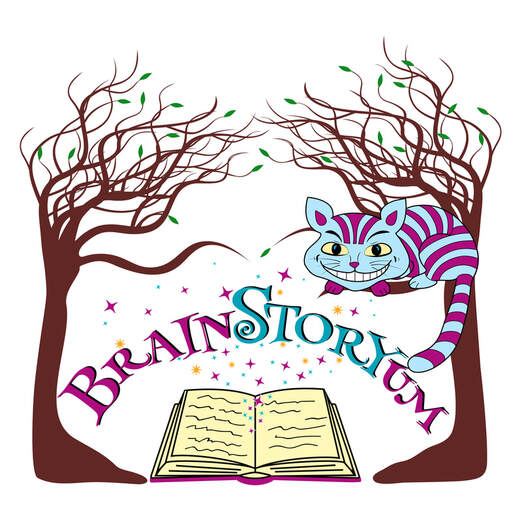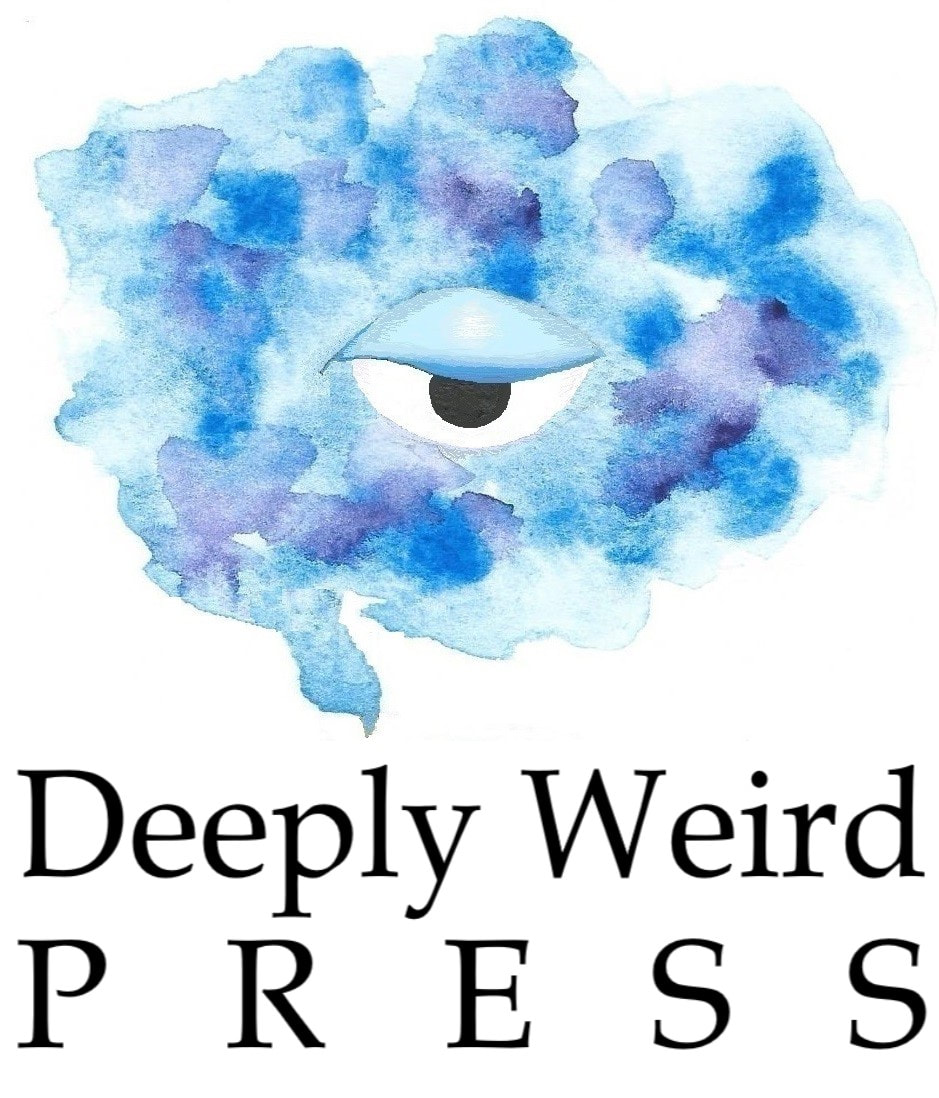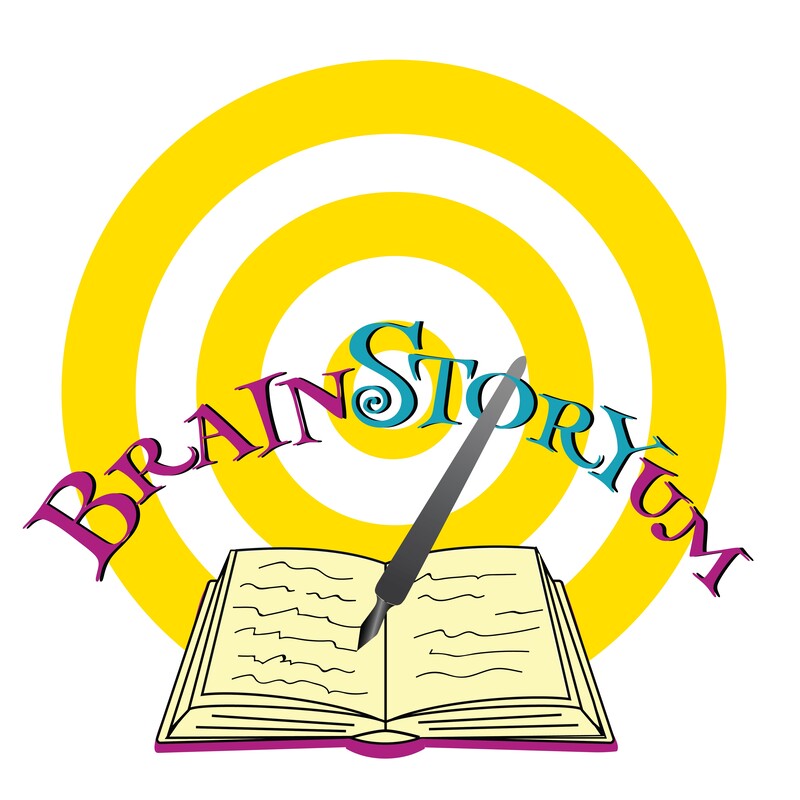Randomness is a strong theme in Alice; being in a strange place, a foreign country where you don’t know the rules, or where rules can be broken. A bit like the landscape of storytelling and, certainly, of Exquisite Corpse.
|
|
What readers are sayingReview of The Empty Danger: 5.0 out of 5 stars |
Contact |


